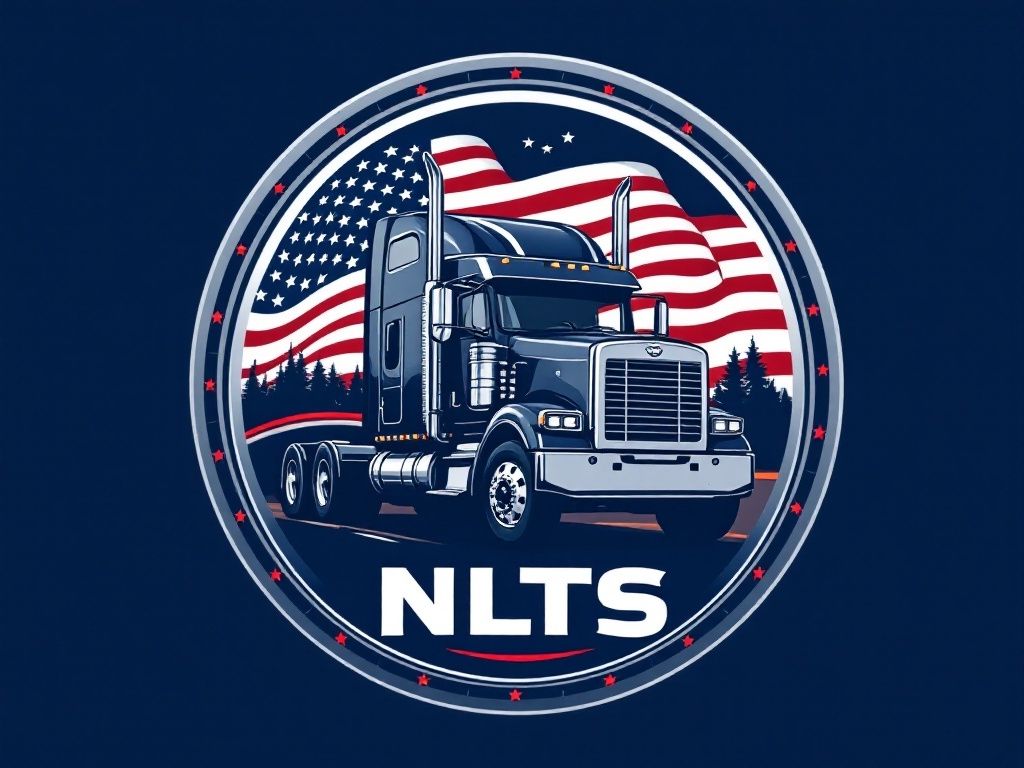Navigating the Complexities of Physical Damage Insurance for Trucks
Understanding Physical Damage Insurance for Trucks
Physical damage insurance for trucks is a critical component of managing risk in the transportation industry. It provides coverage for the repair or replacement of a truck if it is damaged or destroyed by events such as collisions, theft, or natural disasters. This type of insurance is essential for truck owners and operators who want to protect their investments and ensure business continuity.
However, navigating the complexities of this insurance can be daunting. Understanding the nuances of coverage options, policy terms, and claims processes is crucial to making informed decisions. Let's explore the key aspects of physical damage insurance for trucks to help you make the best choices for your fleet.

Types of Physical Damage Coverage
Physical damage insurance typically includes two main types of coverage: collision coverage and comprehensive coverage. Collision coverage pays for damages resulting from accidents involving another vehicle or object. Comprehensive coverage, on the other hand, covers non-collision-related incidents such as theft, vandalism, fire, and weather-related damages.
It's important to understand the distinction between these two types of coverage. While collision coverage is essential for protecting against accidents on the road, comprehensive coverage provides broader protection against unexpected events that could significantly impact your operations.
Factors Influencing Insurance Premiums
The cost of physical damage insurance premiums can vary significantly based on several factors. Insurance providers assess risks and determine premiums based on:
- The age and condition of the truck
- The driving history of the operator
- The geographical area where the truck operates
- The type of cargo being transported
- The level of coverage selected
Understanding these factors can help truck owners and operators find ways to lower premiums while ensuring adequate coverage. Regular maintenance, safe driving practices, and selecting appropriate coverage limits are some strategies to consider.

Choosing the Right Coverage Limits
Determining the right coverage limits is a vital part of purchasing physical damage insurance. While higher limits provide better protection, they also increase premium costs. It's essential to strike a balance between sufficient coverage and affordability.
Consider the value of your trucks, potential repair costs, and your financial situation when selecting limits. Consulting with an insurance professional can provide valuable insights into how much coverage is necessary for your specific needs.
The Claims Process and What to Expect
In the unfortunate event of a loss, understanding the claims process can help streamline recovery efforts. Typically, the process involves:
- Reporting the incident to your insurance provider promptly
- Providing detailed information and documentation about the damages
- Working with an adjuster to assess the extent of the damage
- Receiving payment for repairs or replacement based on policy terms
Being prepared and knowing what to expect during the claims process can reduce stress and expedite recovery, allowing you to get back on the road with minimal disruption.

The Importance of Regular Policy Reviews
Insurance needs can change over time due to various factors such as fleet expansion, new routes, or changes in regulations. Conducting regular reviews of your physical damage insurance policy ensures that you maintain adequate coverage as your business evolves.
Engage with your insurance provider regularly to discuss any changes in your operations and adjust your policy accordingly. This proactive approach can help you avoid potential gaps in coverage and ensure continued protection.
Conclusion: Safeguarding Your Trucking Business
Navigating the complexities of physical damage insurance for trucks requires careful consideration and a thorough understanding of available options. By choosing the right coverage types and limits, managing premium costs effectively, and staying informed about policy changes, truck owners can safeguard their investments and maintain operational resilience.
Ultimately, having comprehensive physical damage insurance is not just about protecting assets; it's about ensuring peace of mind and securing the future of your trucking business in an ever-changing landscape.
